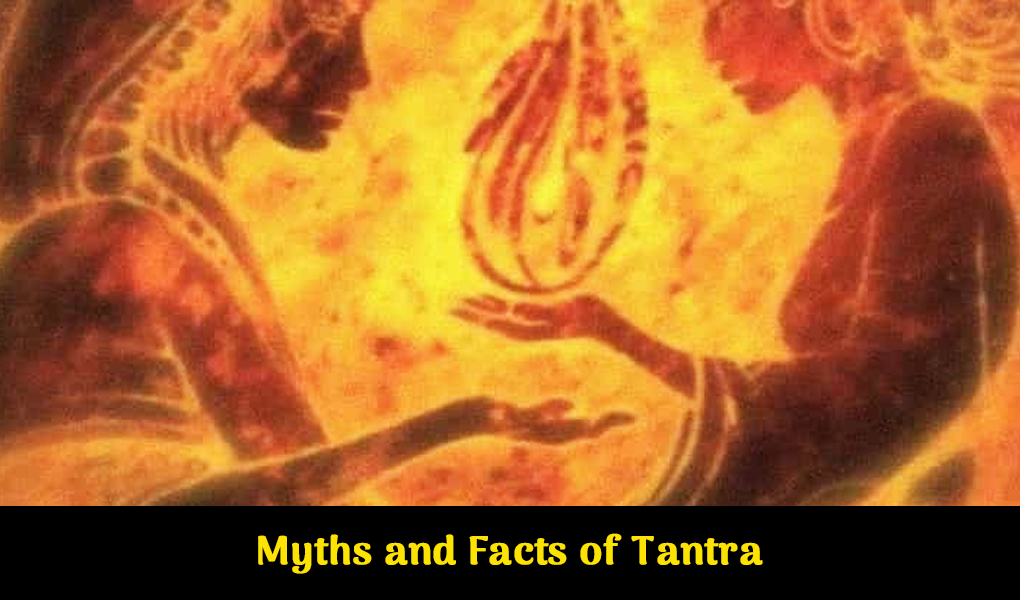10 Myths and Facts of Tantra Revealed 2023: Unlocking Truth
Introduction
The world of Tantra is shrouded in mystique and misconception, often obscured by sensationalism and misinformation. In this exploration, we aim to unveil the truths and debunk the myths surrounding Tantra, offering a nuanced understanding of this multifaceted practice.
Myth 1: Tantra is All About Sex
The Sensationalization of Tantric Sex
Tantric sex has garnered attention, but it represents only one facet of Tantra. Tantra encompasses a broad range of practices, including meditation, rituals, and philosophical teachings. This was one of 10 Myths and Facts of Tantra
Tantra’s Multifaceted Approach Beyond Sexuality
Tantra seeks to integrate and transcend all aspects of life, including the spiritual, emotional, and physical. It emphasizes a holistic approach to personal growth and self-realization.
Myth 2: Tantra is Only for the Spiritually Advanced
Tantra for Everyone: Accessibility and Practice
Tantra is accessible to individuals at various spiritual levels. It accommodates beginners and experienced practitioners alike, offering a path for personal growth and transformation. There is more to 10 Myths and Facts of Tantra
How Tantra Can Be Adapted to Different Spiritual Levels
Tantra provides a flexible framework that can be adapted to individual needs and levels of spiritual development, making it an inclusive practice.
Myth 3: Tantra is a Religion
Defining Tantra: Philosophy vs. Religion
Tantra is not a religion but a spiritual and philosophical tradition. It lacks centralized dogma and allows for diverse interpretations and practices.
The Diversity of Tantric Traditions and Their Philosophical Roots
Tantra encompasses a wide range of traditions, each with its own philosophical underpinnings. These traditions may incorporate elements from various religions or stand alone as independent paths.
Myth 4: Tantra is Always Esoteric and Secretive
The Mystique of Secret Tantric Practices
While Tantra has esoteric aspects, it also embraces transparency and accessibility. Modern Tantra practitioners often emphasize openness and ethical conduct.
Accessibility and Transparency in Modern Tantra
Many contemporary Tantra teachers and practitioners emphasize clear communication, ethical behavior, and a commitment to sharing knowledge openly.
Myth 5: Tantra Involves Ritual Animal Sacrifice
Separating Tantric Rituals from Misconceptions
Historically, Tantra has been associated with animal sacrifice in some rare instances. However, the vast majority of Tantric practices do not involve any form of harm to living beings.
Ethical and Contemporary Tantric Practices
Modern Tantra prioritizes ethical considerations, promoting compassion, and the well-being of all living creatures.
Myth 6: Tantric Yoga is Just About Physical Flexibility
Expanding Beyond Physical Aspects: Mental and Spiritual Benefits
Tantric yoga extends beyond physical postures. It incorporates meditation, breath control, and energy manipulation, fostering mental clarity and spiritual growth.
Integrating Yoga as a Part of the Tantric Path
Yoga within Tantra is a means to align the body, mind, and spirit, enhancing self-awareness and promoting holistic well-being.
Myth 7: Tantra is Only for Couples
Tantra for Individuals: Self-Exploration and Personal Growth
While Tantra can enhance couples’ relationships, it is equally relevant for individuals seeking self-exploration, personal growth, and a deeper connection with themselves.
The Role of Tantra in Enhancing Relationships
For couples, Tantra provides tools to deepen intimacy, communication, and understanding within their relationships.
Myth 8: Tantric Practices Lead to Instant Enlightenment
The Misconception of Instant Gratification
Tantra does not promise instant enlightenment or quick fixes. It is a lifelong journey of self-discovery and transformation that requires dedication and patience.
The Long and Transformative Journey of Tantric Practice
Tantric practice involves consistent effort, self-reflection, and a deepening understanding of oneself and the universe. It is a gradual process of growth and realization.
Myth 9: Tantra is All About Pleasure and Hedonism
Pleasure as a Component, Not the Goal
Tantra acknowledges pleasure as a valid aspect of human experience but does not promote hedonism. It encourages a balanced approach to life, integrating pleasure with spiritual growth.
Balancing Sensuality with Spiritual Growth
Tantric practices aim to harness sensuality as a means for spiritual evolution, promoting a harmonious relationship between the physical and spiritual realms.
Myth 10: Tantra is Synonymous with Black Magic
The Stigma Surrounding Tantra and Occult Practices
Tantra has been unfairly stigmatized as black magic due to misunderstandings and sensationalism. In reality, it encompasses a wide range of practices, many of which are positive and ethical.
Ethical and Positive Aspects of Tantra
Ethical Tantra promotes compassion, self-awareness, and spiritual growth, aligning with principles of love, kindness, and understanding.
Demystifying Tantra: A Recap
A Holistic Understanding of Tantra’s Myths and Facts
By dispelling misconceptions, we gain a more profound appreciation for Tantra as a versatile and transformative path of spiritual growth and self-discovery.
Conclusion (10 Myths and Facts of Tantra)
Tantra, with its richness and complexity, offers a profound journey of self-exploration and spiritual evolution. Navigating the authenticity of Tantra in modern times invites us to embrace its wisdom as a means to deepen our understanding of ourselves and the world around us.
Read about 10 Myths and Facts of Astrology

